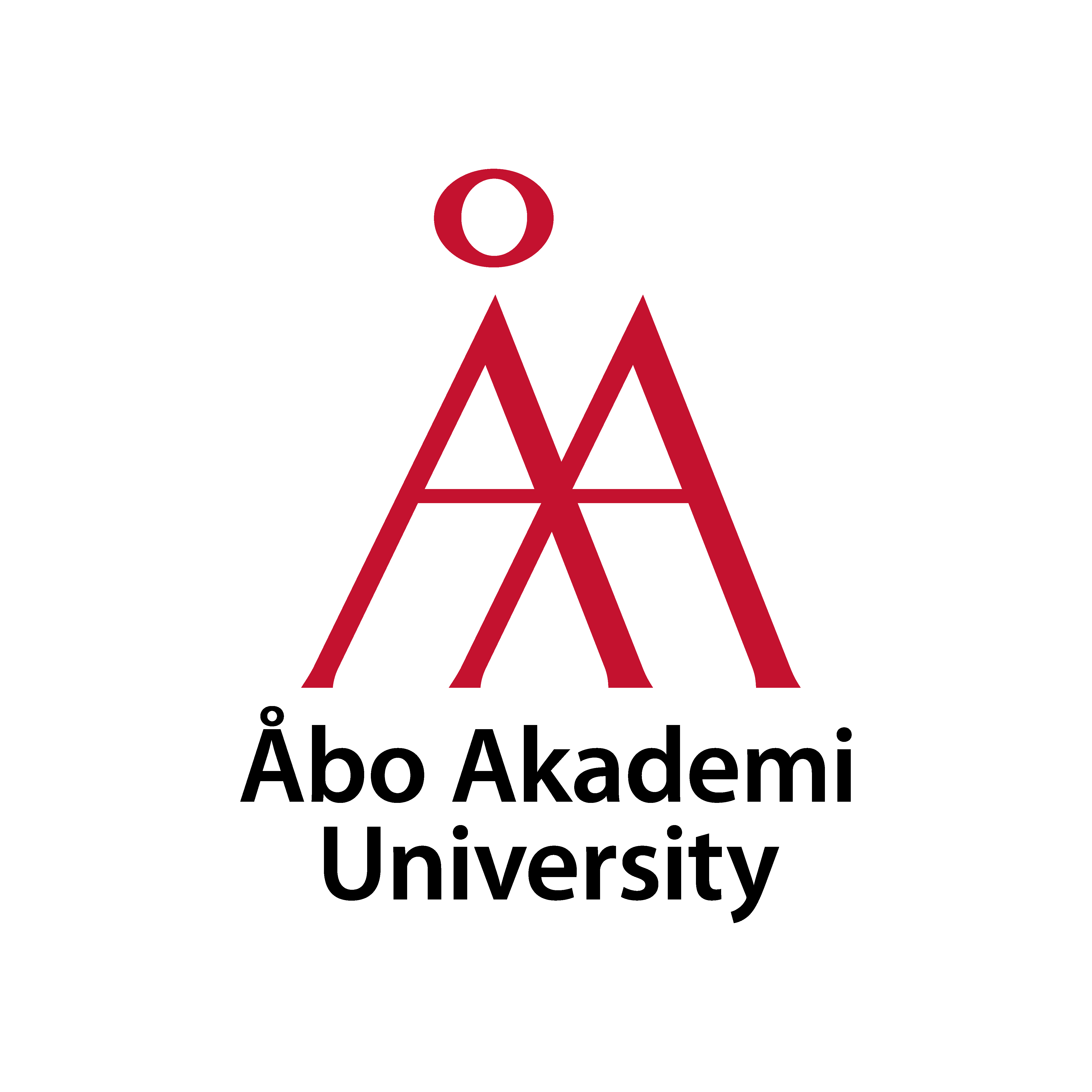SmartBIO seminar: Cyanobacterial-based approaches to bioengineering
Prof. Cheryl Kerfeld, Lawrence Berkeley National Lab, Michigan State University, US
Host: Eva-Mari Aro
Bacterial microcompartments are organelles that are involved in both autotrophic and heterotrophic metabolism. They are similar to eukaryotic organelles in that they enclose proteins that work together within a selectively permeable membrane, but it is a membrane composed entirely of protein, not lipid. Cyanobacteria use a microcompartment called the carboxysome to optimize carbon fixation. This is achieved by packing the enzymes RuBisCO (Ribulose Bisphosphate Carboxylase/Oxygenase) and carbonic anhydrase within the protein shell. The shell also prevents the leakage of carbon dioxide, the substrate for RuBisCO. Through bioinformatic studies it is now evident that many other bacteria use different types of microcompartments to efficiently degrade compounds for energy production, which involves sequestering toxic and volatile intermediates within the organelle. Kerfeld lab focuses its research on these bacterial microcompartments, as well as in carbon fixation and cyanobacterial photoprotection mechanisms.
Selected publications
Kerfeld CA, Aussignargues C, Zarzycki J, Cai F, Sutter M. (2018) Bacterial microcompartments. Nat Rev Microbiol. 16(5):277-290
Bao H, Melnicki MR, Pawlowski EG, Sutter M, Agostoni M, Lechno-Yossef S, Cai F, Montgomery BL, Kerfeld CA. (2017) Additional families of orange carotenoid proteins in the photoprotective system of cyanobacteria. Nat Plants 10;3:17089
Lechno-Yossef S, Melnicki MR, Bao H, Montgomery BL, Kerfeld CA. (2017) Synthetic OCP heterodimers are photoactive and recapitulate the fusion of two primitive carotenoproteins in the evolution of cyanobacterial photoprotection. Plant J. 91(4):646-656
Kirilovsky D, Kerfeld CA. (2016) Cyanobacterial photoprotection by the orange carotenoid protein. Nat Plants. 2;2(12):16180. Review.


